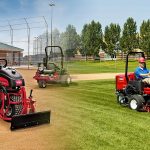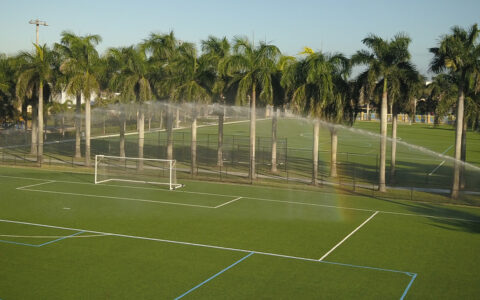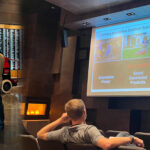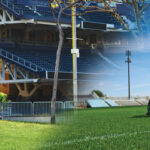Relationship Spotlight: Toro and STMA
When it comes to learning about new tools, technologies and best practices, there’s nothing like connecting with other professionals in your field. For many of the men and women who manage athletic fields and facilities worldwide, those connections happen through the Sports Turf Managers Association (STMA).
With summer sports in full swing, now is the perfect time to highlight this organization — as well as the educational resources and networking opportunities it offers for sports field management professionals. Read on for an overview of the STMA and some of its key initiatives, which The Toro Company is proud to help support.
STMA Founding and Membership
Founded in 1981 by Dr. William Daniel (Professor Emeritus, Purdue University), Dick Ericson (Minneapolis Metrodome), Harry “Pops” Gill (Milwaukee County Stadium) and George Toma (NFL), the STMA was formed to facilitate the sharing of ideas and information.
Today, the organization serves more than 2,600 members who work with both natural grass and synthetic surfaces at professional stadiums, colleges and universities, parks and recreation departments, and K-12 schools. STMA’s international membership is also growing, supported by an international committee that is helping the association spread its mission to sports turf managers around the world.
Professional members include agronomists, plant and soil scientists, turf managers and academic professionals. In addition, the association has a strong student membership, as well as many commercial members like The Toro Company.
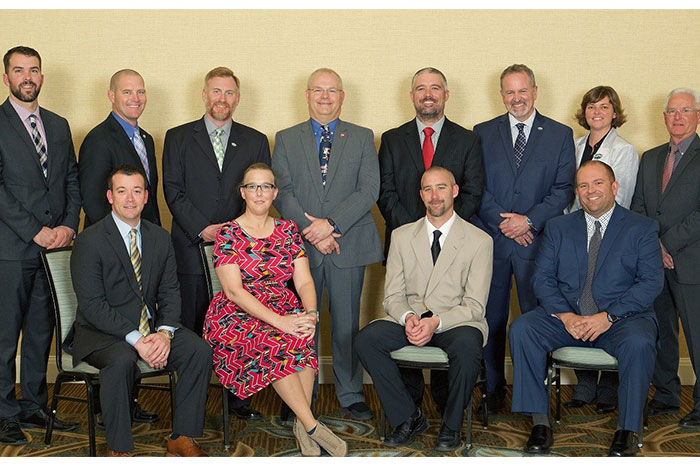
Annual STMA Conference and Exhibition
Once a year, the four-day STMA Conference and Exhibition brings all of those members together — offering a full schedule of educational sessions, keynote speakers and a trade show. The event takes place during one week in January, and STMA Chief Executive Officer, Kim Heck, says planning is already underway for the 2019 lineup on Jan. 22–25, in Phoenix, Arizona.
“The schedule follows a Tuesday to Friday model,” Heck explains. “We put on an educational program, typically with six to eight concurrent sessions. Plus, we have a large general session with keynotes, as well as our annual meeting and lunch with a keynote speaker. There are presenters from the academic side, there’s some peer-to-peer learning, and we also have presentations from commercial members on new technology and innovations. It’s a good mix.”
Education takes place on separate days from the trade show so that attendees can experience both. “We don’t run any competing education classes against the trade show, to ensure that our members can go,” Heck notes. “It’s a very good-sized trade show that is well supported by those in the industry and well supported by our members in attendance.”
Certification Programs
The STMA also offers two certification programs. The Certified Sports Field Manager (CSFM) program provides a professional designation that validates an individual’s knowledge, skills and abilities. To earn this designation, a sports field professional must first qualify to take the CSFM exam.
The second program — the Environmental Facility Certification — is awarded to a facility, not an individual. This certification officially confirms that STMA environmental best practices are implemented throughout the facility in 10 areas of management (such as irrigation and storm water management, energy conservation, mowing, equipment storage, herbicide management and more). The certification is valid for three years and there is no cost to complete the assessment.
Charitable Foundation
In addition to the association’s other activities, the STMA has a 501c3 non-profit charitable organization called the Foundation for Safer Athletic Fields for Everyone (SAFE). Founded in 2000, SAFE helps fund research, educational programs and scholarships geared toward the sports field profession.
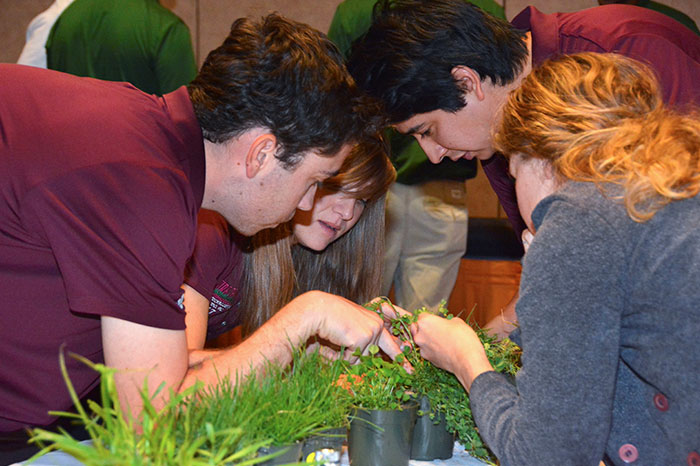
Industry Insights
We asked Heck to share some of the key issues that STMA members are facing today. “Regulatory issues are something our members do face,” she responds. “Certain products have come under scrutiny, and there’s local, state or federal pressure to make a change or even eliminate those products in some communities. Although the STMA isn’t active in lobbying, some local chapters have banded together to take action, and the STMA has strong relationships with other green organizations that provide good legislative support as well.”
“The movement to synthetic field surfaces is something else our members face,” she continues. “Synthetic fields have a place in our industry, many of our members have at least one synthetic field in their mix, and we provide continuing education on managing synthetic surfaces. But the issue comes in the decision-making process when those fields are put in. Oftentimes our members don’t have a seat at the table to give important input or bring valid information to the discussion — whether it’s a new field or a field replacement.”
Looking Ahead
What’s in store for the future of the STMA? According to Heck, the STMA just rolled out its new three-year strategic plan in January, which includes four goals:
- Strengthen the association by growing membership, creating partnerships, and collaborating with local chapters and other like organizations;
- Utilize new technology to provide education that is not only relevant but also presented in ways that members like to learn (webinars, audio files, bulletins, publications, etc.);
- Advance professionalism and brand awareness by providing resources to help members be the best they can be at what they do, along with communicating well with their employers and constituents/communities about safe fields; and
- Diversify the association’s revenue streams to promote long-term sustainability.
No matter what the initiative, Heck acknowledges the importance of support from STMA’s commercial members. “Commercial member support helps to enhance every program and service that the association provides — from the continuing education on our website to our conference education,” she says. “Because of that support, we are able to have more than one educational track and bring in more speakers, in addition to holding a trade show that features all the latest products and services. Even in areas like our awards program, it makes a difference and allows us to provide a good level of recognition.”
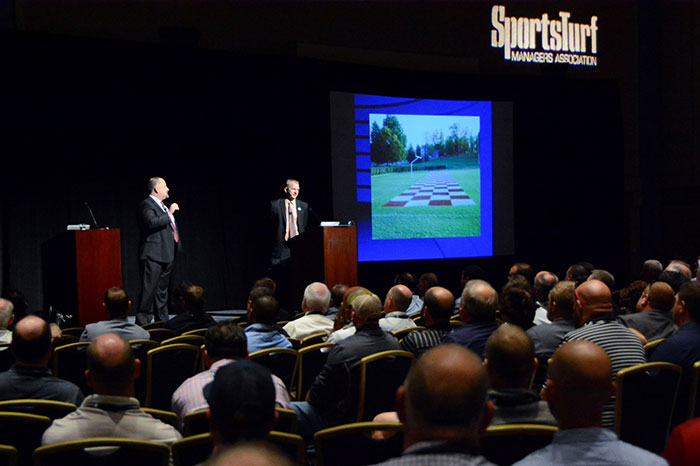
Learn More
Interested in joining the STMA? Visit stma.org for details about national membership and see the interactive chapter map to find a local chapter near you. As an added incentive, new STMA members receive their first conference registration free — an excellent opportunity to experience the educational sessions, trade show exhibits and industry networking firsthand.


